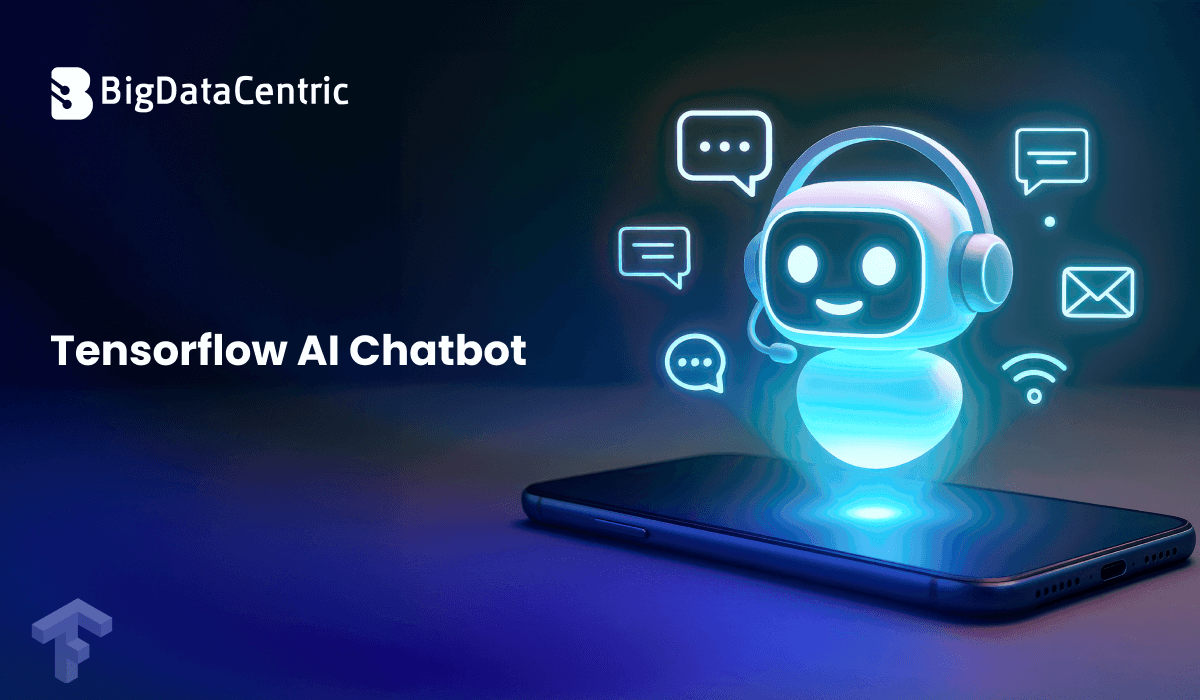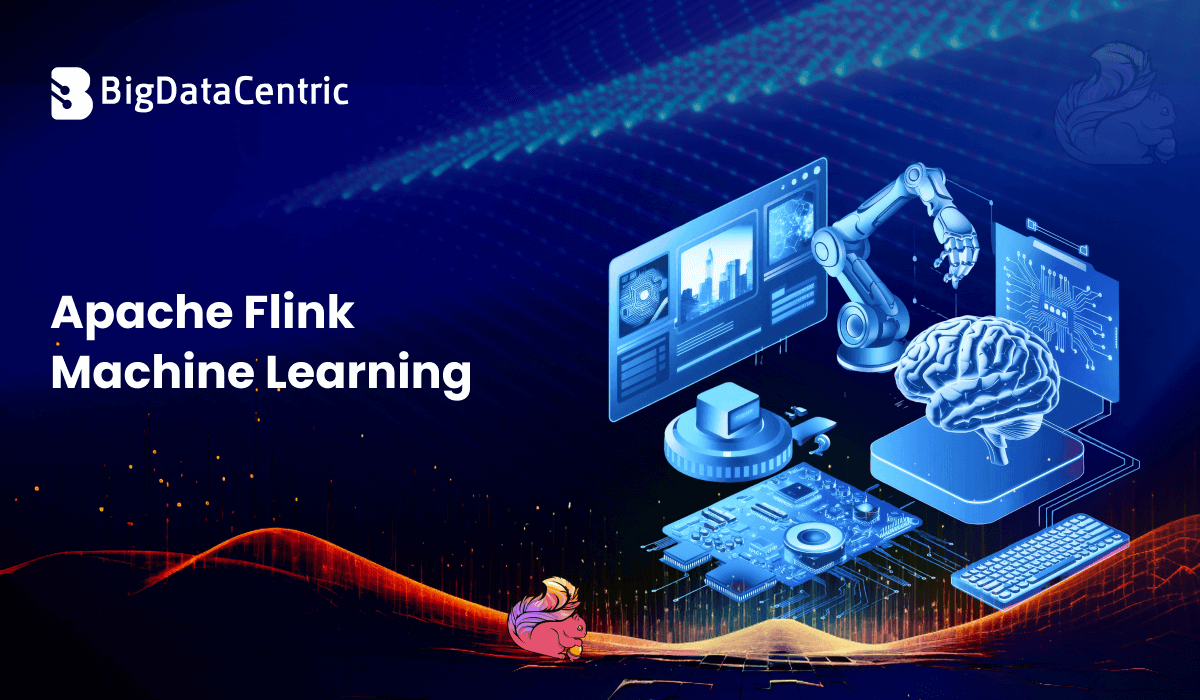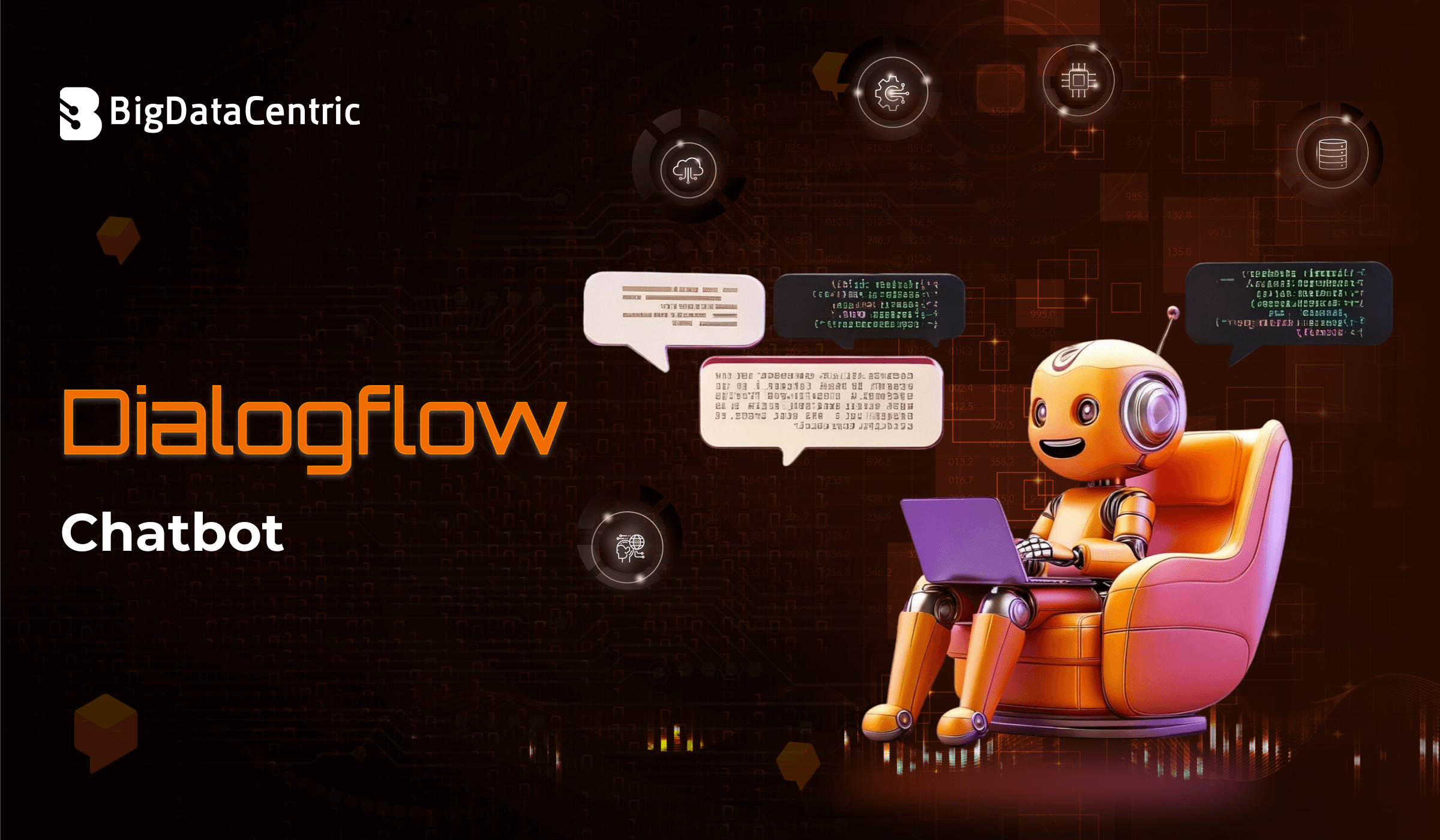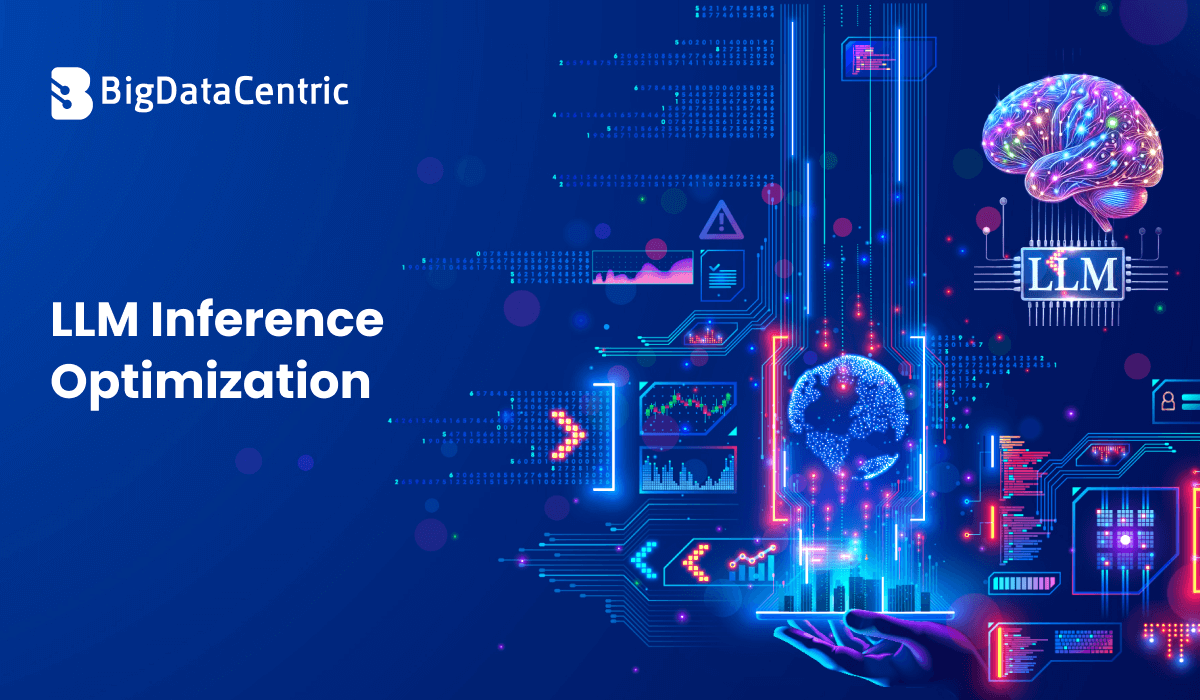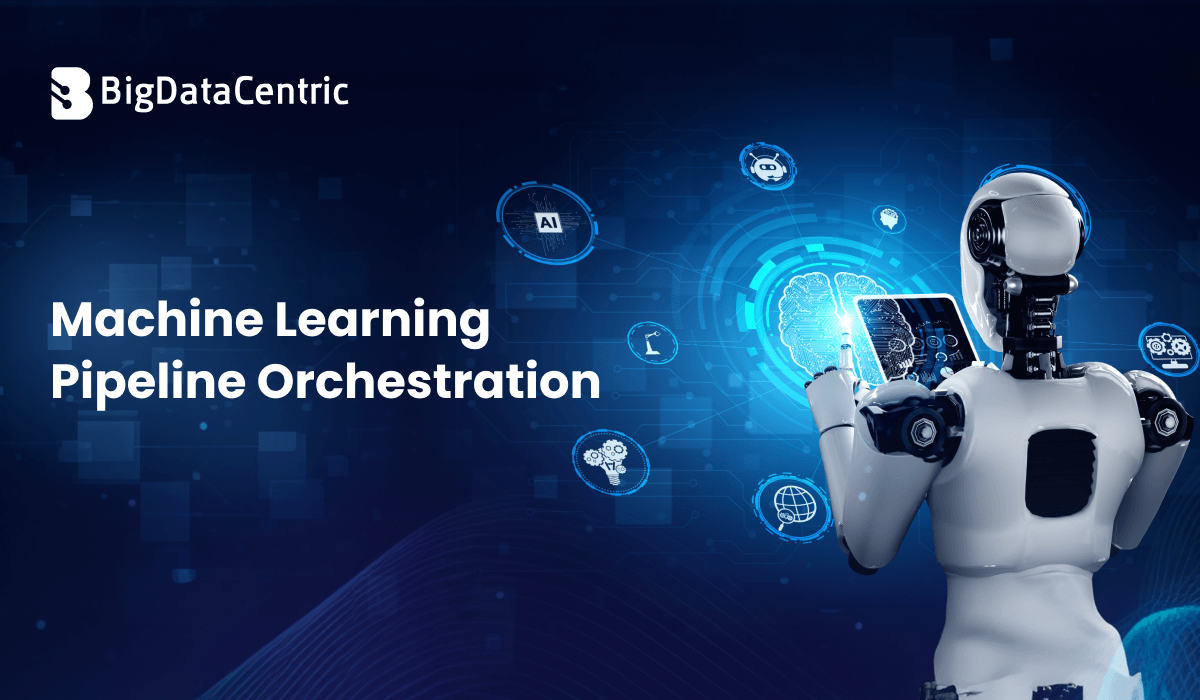Get in Touch With Us
Submitting the form below will ensure a prompt response from us.
Semantic Analysis in NLP (Natural Language Processing) is the process of understanding the meaning, intent, and relationships behind words and sentences. Unlike syntactic analysis, which focuses on grammar and structure, semantic analysis aims to capture what the text actually means.
For example, the sentences:
- “He kicked the bucket.”
- “He passed away.”
carry the same semantic meaning — even though they use different words.
This is exactly what semantic analysis helps machines recognize.
Understanding Semantic Analysis
Semantic Analysis focuses on three key aspects:
- Word Meaning (Lexical Semantics): Understanding the meaning of individual words.
- Sentence Meaning (Compositional Semantics): Understanding how word combinations affect meaning.
- Contextual Meaning: Interpreting meaning based on surrounding text or conversation.
Techniques Used in Semantic Analysis
Word Sense Disambiguation (WSD)
Determines which meaning of a word is being used in context.
Example: “bank” (financial institution) vs. “bank” (river edge).
Python Example using WordNet:
from nltk.corpus import wordnet as wn
word = "bank"
for synset in wn.synsets(word):
print(f"{synset.name()}: {synset.definition()}")This code prints different meanings of “bank,” helping NLP systems choose the right one.
Named Entity Recognition (NER)
Identifies entities like people, places, and organizations.
Python Example with spaCy:
import spacy
nlp = spacy.load("en_core_web_sm")
doc = nlp("Elon Musk founded SpaceX in California.")
for ent in doc.ents:
print(ent.text, ent.label_)
Output:
Elon Musk PERSON
SpaceX ORG
California GPE
Named Entity Recognition helps models understand semantic roles — who did what, where, and when.
Semantic Role Labeling (SRL)
Determines the role of each entity in a sentence.
Example: “John gave Mary a book.”
- John = giver (agent)
- Mary = receiver
- book = object
Frameworks like AllenNLP provide pre-trained SRL models for this purpose.
Latent Semantic Analysis (LSA)
A mathematical approach using Singular Value Decomposition (SVD) to identify patterns in word usage and meaning.
Python Example:
from sklearn.feature_extraction.text import TfidfVectorizer
from sklearn.decomposition import TruncatedSVD
corpus = [
"Machine learning is fascinating",
"Artificial intelligence drives innovation",
"Deep learning improves NLP models"
]
vectorizer = TfidfVectorizer()
X = vectorizer.fit_transform(corpus)
lsa = TruncatedSVD(n_components=2)
X_lsa = lsa.fit_transform(X)
print("LSA components:\n", X_lsa)This code extracts hidden semantic relationships between documents.
Applications of Semantic Analysis
Semantic analysis enables machines to:
- Understand customer sentiment in reviews
- Power question-answering systems
- Detect sarcasm or irony in text
- Enable semantic search engines (e.g., Google BERT)
- Improve chatbot understanding
- Perform topic modeling and document clustering
In short, it gives meaning to the massive volumes of text data produced daily.
Challenges in Semantic Analysis
- Ambiguity: Words can have multiple meanings.
- Context Dependence: Meaning changes with tone or culture.
- Idiomatic Expressions: Hard for machines to decode (“break the ice”).
- Data Bias: Training data may introduce skewed interpretations.
Python Example: Sentiment + Semantic Analysis Combined
from textblob import TextBlob
text = "I love the camera quality, but the battery drains fast."
blob = TextBlob(text)
print("Sentiment:", blob.sentiment.polarity)
print("Noun Phrases:", blob.noun_phrases)This simple code shows how NLP systems can combine semantic insights (noun phrases) with sentiment scores for richer understanding.
Bring Meaning to Text Data
We help businesses apply semantic analysis in NLP to derive insights, detect intent, and personalize experiences.
Conclusion
Semantic Analysis in NLP bridges the gap between human communication and machine understanding. By analyzing meaning, relationships, and context, it transforms raw text into actionable insights.
From powering intelligent chatbots to driving semantic search engines, this field continues to advance as LLMs like GPT and BERT evolve — making AI not just smarter, but more human-like in comprehension.





